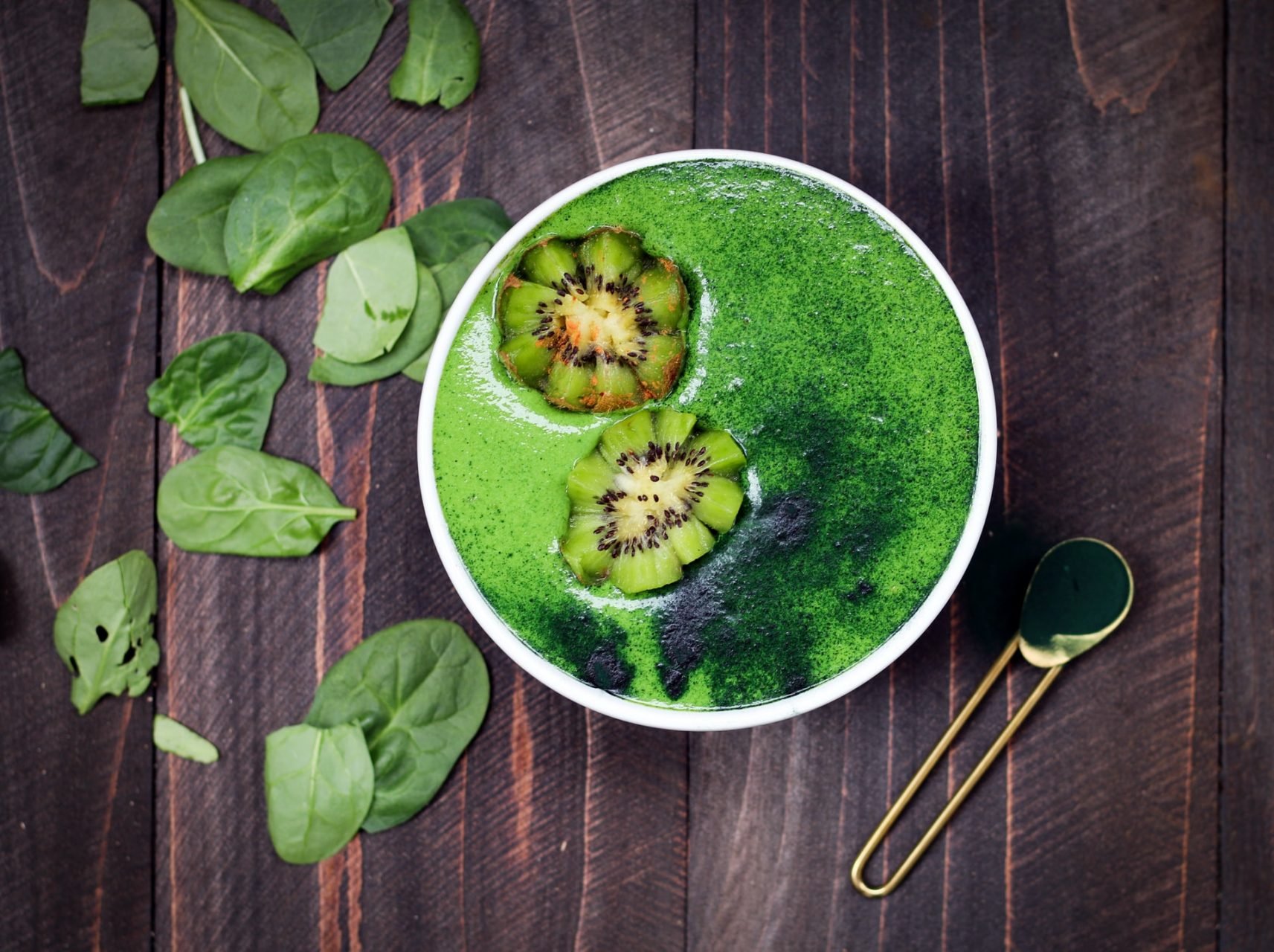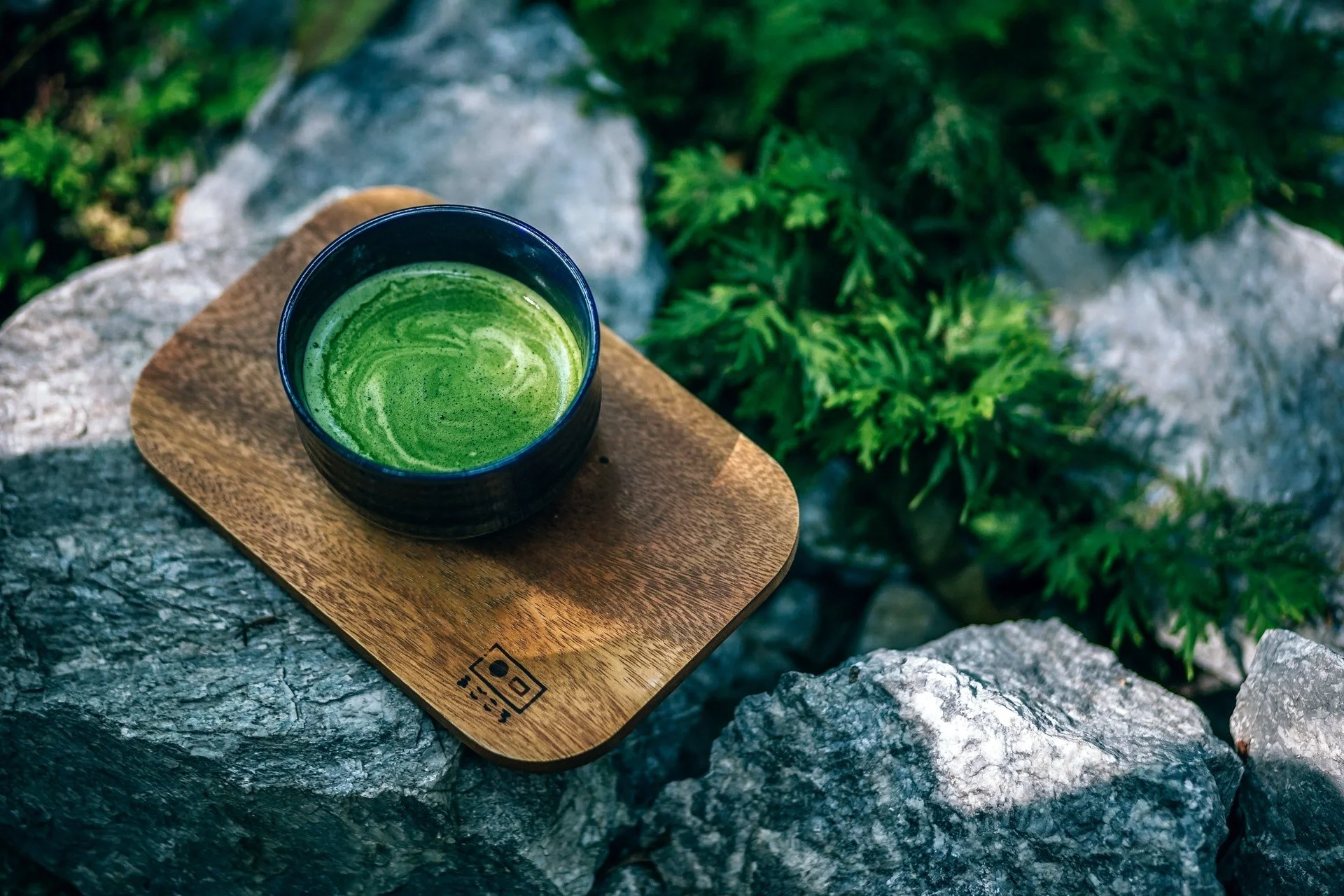Spirulina & Chlorella – The Freshwater Superfoods Every Vegan Is Talking Of
Discover > Texas Mom Blog > Spirulina & Chlorella – The Freshwater Superfoods Every Vegan Is Talking Of
If you haven’t heard of spirulina and chlorella, you my friend, have been missing out on some serious superfoods. Minerals found in water vegetation are higher in concentration and are more varied in their profile.
Modern agricultural practices give priority towards mass production, speed of growth and pest resistance. This leaves farmers with less room to focus on quality. Finally, you end up with a plate of food with not much nutrition.
So how do you maximize real nutrition in real food? Fortunately, marine vegetation is a sure shot way to complete essential nutrients that may lack in your meals.
Edible forms of marine vegetation exist in two broad categories. Seaweeds and Freshwater algae. Sea vegetables like kelp (how long does kelp last?), nori (how long does nori last?), kombu (how long does kombu last?) and dulse are so delicious and nutritious, you can read more about them here.
I want to share with you, all about the goodness of freshwater algae and how they are ruling the real and healthy food scene today.
Spirulina
This type of a pond scum (yes, you could call spirulina, pond scum!), spirulina is scientifically a cyanobacteria that comes from the algae family. This blue green alga has fallen in and out of favor in the past decades, only to emerge as a potential vegan superfood.
So, What Makes Spirulina a Superfood?
As it thrives even in extreme conditions, spirulina is generally cultivated, harvested and freeze dried from natural or manmade lakes. For a vegan food, spirulina is a remarkable source of plant protein, giving up to 60% protein content. Other important nutrients you can obtain from spirulina are:
Spirulina Nutrition List
1 tablespoon of dried spirulina powder (how long does spirulina powder last?) contains:
20 calories
7 grams digestible carbs
Omega 3 and Omega 6 fatty acids ratio of 1.5: 1.0.
Protein, 4 grams
Copper, 21% of RDA
Iron, 11% of RDA
Thiamine (Vitamin B1), 11% of RDA
Riboflavin (vitamin B2), 15% of RDA
Niacin (vitamin B3), 4% of RDA
Decent amounts of potassium, magnesium and manganese
Chlorella
A single cell, freshwater algae, chlorella is in the same league as spirulina as far as nutrients go, save some. Though the name may sound like a cross between a detergent and particular music festival, chlorella is actually a pretty potent vegan superfood.
Like it's cousin spirulina, you can consume chlorella in its dried and powdered form. The interest in chlorella production peaked during the 80s when a Japanese company began to culture it on a massive scale. Today, chlorella is widely eaten around the world, especially as a nutraceutical product.
So, What Makes Chlorella a Superfood?
Chlorella has all nine essential amino acids that our bodies need but cannot produce on its own. It promotes natural detoxification, boosts immunity, reduces inflammation and aids in digestive health. With a high concentration of protein, up to 50%, chlorella is in itself a more complete plant protein than any other food.
Chlorella Nutrition List
1 tablespoon of dried chlorella powder (how long does chlorella powder last?) contains:
15 calories
2 grams of digestible carbs
3 grams, protein
Iron, 40% of RDA
Vitamin A, 100% of RDA
Vitamin C
Calcium
Folate
B vitamins, manganese, copper and zinc
Spirulina Health Benefits VS Chlorella Health Benefits
Reduce LDL and Triglycerides
A study comprising people with high cholesterol levels, show that consuming a gram of spirulina daily reduced triglycerides by 16.3% and LDL by 10.1%. Studies also show that consuming 5 to 10 grams of chlorella a day, reduced LDL cholesterol and triglyceride in subjects with elevated cholesterol levels. In simple terms, both spirulina and chlorella are quite effective in maintaining healthy blood cholesterol.
Combat Anemia
Both spirulina and chlorella are not only high in iron, but also are great sources of vitamin C, which is essential for iron absorption in our bodies. People struggling with low hemoglobin suffer with frequent hair fall and fragile nails. Spirulina and chlorella are especially advised for maintaining good hair health and promoting natural nail growth.
Aid in Heavy Metal Detox
With heavy metals like lead, aluminum and arsenic becoming common in daily items like makeup, deodorant, tooth fillings and even in the water we drink, heavy metal absorption has become a real issue. Trying to rid of these toxins puts your organs through stress, weakening the immune system and poisoning your liver. Spirulina heavy metal detox works by binding toxic metals to the spirulina cell’s large surface area. It then expels the toxins through urine making it a great detoxing agent. Similarly, chlorella also weakens the toxicity levels of heavy metal in our vital organs.
Improve Cardiovascular Health
Both spirulina and chlorella contain omega 3 fatty acids, that are known for improving heart health. Eating Omega 3 rich foods also reduces the risk of developing blood clots as the fatty acid stops blood platelets from clunking together. Omega 3 Fatty acids in spirulina helps keep your arteries clear free of plaque. Likewise, chlorella omega 3 fatty acids also promote heart and arterial health.
Support in Healthy Pregnancy
Not only is spirulina safe for pregnancy, it is actually recommended to be included as a part of a well-balanced diet during early and late pregnancy. Folate, an important B vitamin, necessary for the development of a growing fetus, is found in decent quantities in both spirulina and chlorella. These superfoods also contain other vitamins such as A, C and K, all of which are necessary to aid in recovery post-partum.
Is Taking Spirulina and Chlorella Together Safe?
While it is recommended to take these two super foods separately, to rule out any adverse reactions, taking spirulina and chlorella together is generally considered safe.
How Can I Add Spirulina and Chlorella to My Diet?
The health benefits of taking spirulina powder or chlorella powder are the same as having them in a capsule or tablet form. Here are some fun ways you can incorporate these two superfoods into your daily diet:
Add chlorella powder or spirulina powder in smoothies or soups. To offset its slightly intense flavor, combine it with sweet fruits like banana, frozen mangos, pomegranate etc.
Why not go for a healthy green super bread by adding a couple spoons of spirulina or chlorella powder to your bread batter?
Traditional pasta (how long does pasta last?) dough with some added spirulina or chlorella powder will give your pasta an exciting blue green tinge and also take the nutrition up by several notches.
Did you know you can add a touch of spirulina and chlorella to your favorite home-made ice cream?
Salads with a superfood dressing? Yes please! A simple vinaigrette with extra virgin olive oil, vinegar and a teaspoon of superfoods-spirulina or chlorella. Shake it up and you got a super dressing!
Very few foods can beat healthy cookies. Add spirulina and other superfoods like goji berries to your cookie batter and enjoy!
Where Can I Find Spirulina and Chlorella Smoothies in Texas?
Juice Lab and Juice Girl are fresh juiceries where you can get your dose of healthy spirulina smoothies and other beverages. Nourish Juice Bar in Houston is another happening spot where you will find cold pressed juices with chlorella and spirulina.






